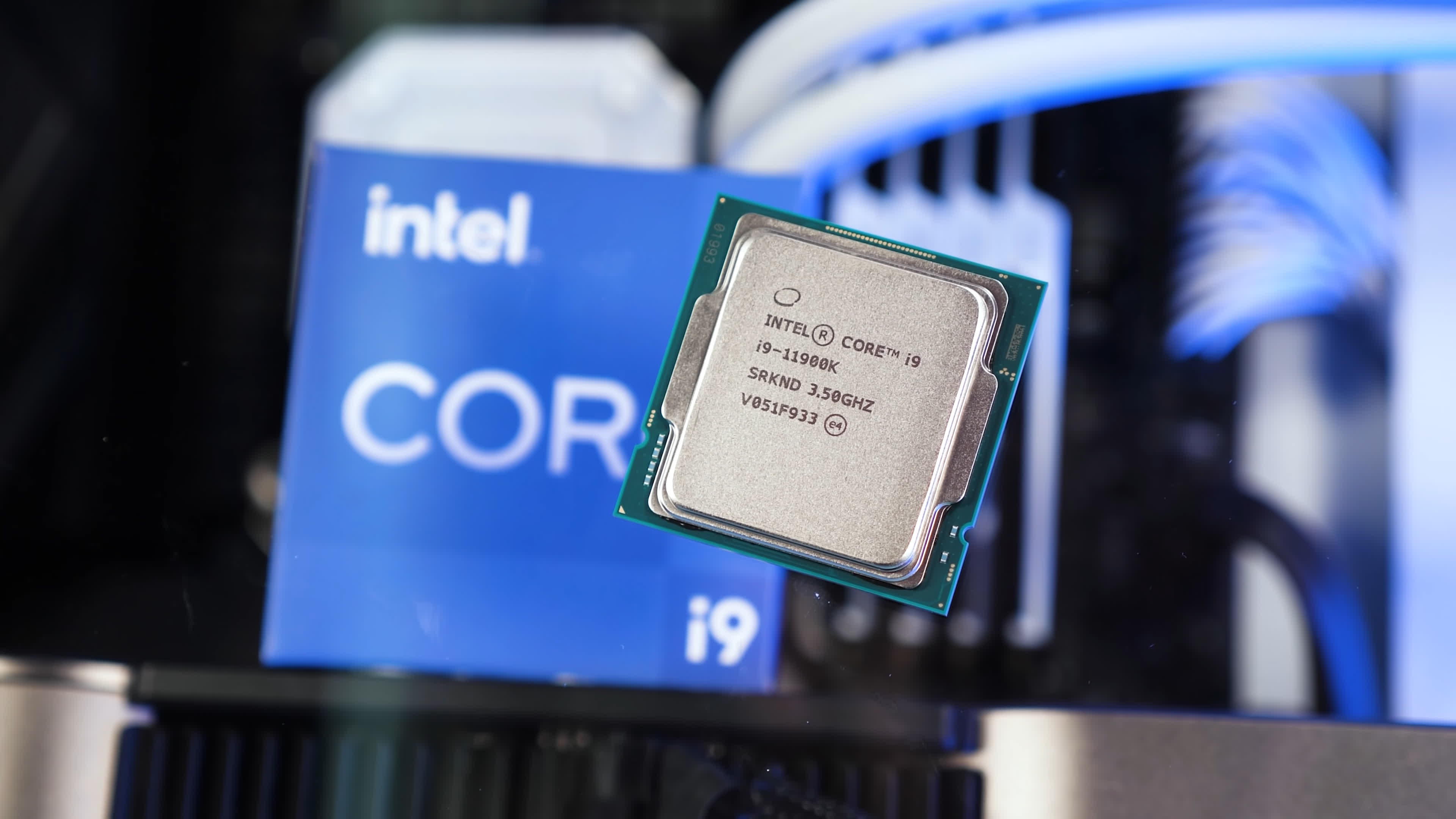WTF?! At some point, Intel secretly released the Core i9-11900KB, i7-11700B, i5-11500B, and the i3-11100B. The B stands for badass because that’s what these processors are: they use the 10nm SuperFin node, the superior Willow Cove core architecture, and are clocked higher than their regular counterparts.

Okay, maybe B doesn’t stand for badass. It’s the shorthand for BGA, ball grid array. That’s a solderable type of socket, which means that these processors come permanently attached to their motherboards and can’t be pulled out or swapped out, and are out of bounds for enthusiasts and builders. Which is a damn shame, I say.
"Intel has partnered with customers interested in expanding their product portfolio with enthusiast, small form-factor desktop designs," reads Intel’s official line. "The Intel Core i9-11900KB processor is a BGA solution built with unique specifications and performance specifically for these designs."
The B-series is being called a secret because Intel never formally announced them, but their spec sheets are public on Intel’s processor catalog.
And what mighty fine spec sheets they are...
| i9-11900KB | i7-11700B | i5-11500B | i3-11100B | |
|---|---|---|---|---|
| Cores / Threads | 8 / 16 | 6 / 12 | 4 / 8 | |
| Base Clock | 3.3 GHz | 3.2 GHz | 3.3 GHz | 3.6 GHz |
| Turbo Boost 3.0 | 4.9 GHz | 4.8 GHz | 4.6 GHz | 4.4 GHz |
| Thermal Velocity Boost | 5.3 GHz | |||
| L3 Cache | 24 MB | 12 MB | ||
| TDP | 65 W | |||
In most ways, the B-series is an upgrade. All the chips have a 65 W TDP, but with the exception of the 11900KB, they’ve got higher base clocks and thermal velocity boost clocks. Presumably, that’s an improvement courtesy of the jump from 14nm to 10nm.
The Core B-series is listed as a Tiger Lake product, which implies that they leverage Willow Cove cores. Willow Cove is the successor to the mobile version (called Sunny Cove) of the Cypress Cove architecture used by the regular parts. In our testing, Willow Cove is quite a bit faster than Sunny Cove. The only consequence of its use is the drop from 20 PCIe 4.0 lanes to just 16 PCIe 3.0 lanes.
But let’s circle back, these are Tiger Lake CPUs. These aren’t Frankenstein prototypes. They’re overclocked mobile processors.
| i9-11900K | i9-11900KB | i9-11900H | |
|---|---|---|---|
| Market | Desktop | Desktop OEM | Laptop |
| Cores / Threads | 8 / 16 | ||
| Base Clock | 3.5 GHz | 3.3 GHz | 2.1 - 2.5 GHz |
| Turbo Boost 3.0 | 5.2 GHz | 4.8 GHz | 4.9 GHz |
| Thermal Velocity Boost | 5.3 GHz | - | |
| L3 Cache | 16 MB | 24 MB | |
| TDP | 125 W | 65 W | 35 w |
Theoretically, the 11900KB will run cooler than the regular 11900K while being equally fast, if not faster. I'm excited to see the small form factor prebuilts referenced in Intel's statement because these processors have some serious potential.
https://www.techspot.com/news/89866-intel-secret-core-i9-11900kb-uses-different-architecture.html